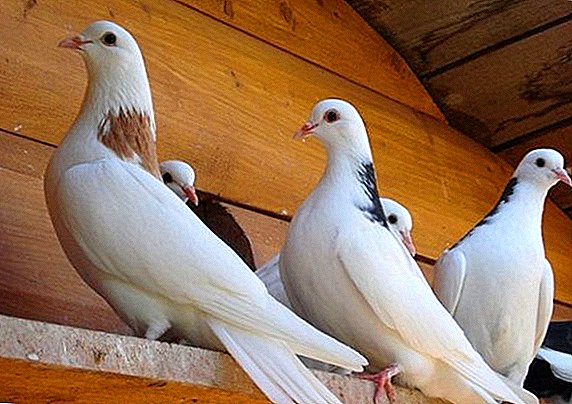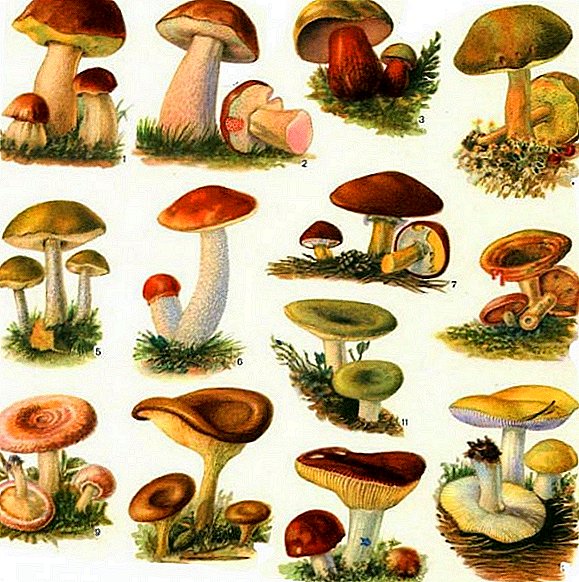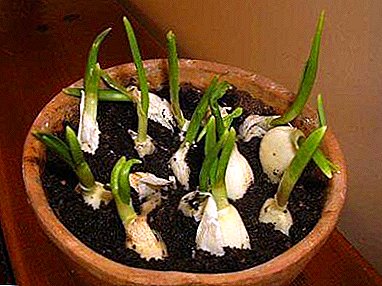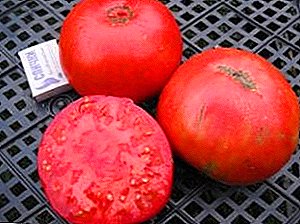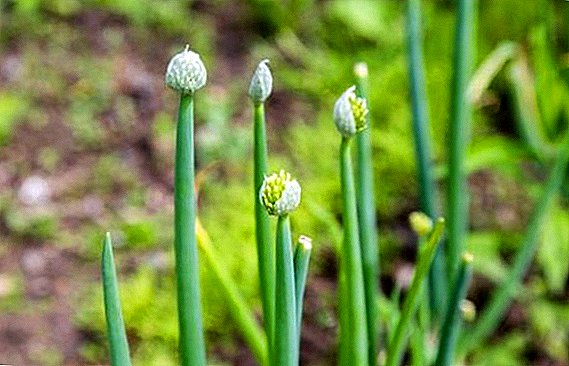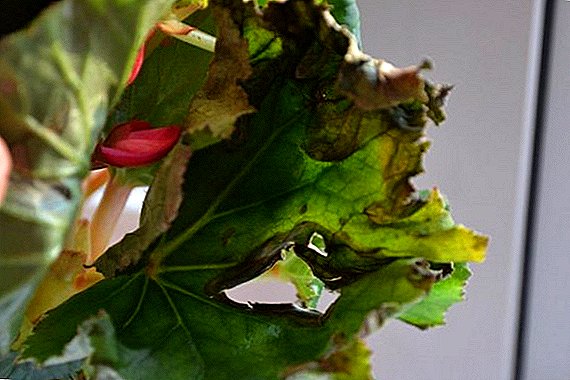In 2016, new plant species were discovered by scientists from Moscow State University outside of Russia - in Turkey, Kazakhstan, Laos, Vietnam, Congo, Mongolia, Kyrgyzstan, Cape Verde and Madagascar. In general, over the past five years, about 60 new species have been discovered. There are three ways to open species: when conducting field research, after which the plants found are compared with the already known described species in reference books. The second method consists in the morphological study of the herbarium, which allows you to study a variety of plants from around the world, collected in a single storage. The third method is molecular genetic studies of plants, which allows you to find in them resistant signs that can not be seen with the naked eye. The selection of such a group is based on the detected properties and external signs. For example, last year the Turkish onion Allium urusakiorum was discovered this way, which was found during fieldwork. As a result of the definition of directories, he was representative of a widespread species. Then scientists from the Moscow State University conducted molecular genetic studies of a plant sample and concluded that this species consists of ten locally widely distributed species that are very different from each other and are concentrated in the mountain systems of several countries. One of these habitats of the new species turned out to be the north of Turkey on the border with Bulgaria. 


